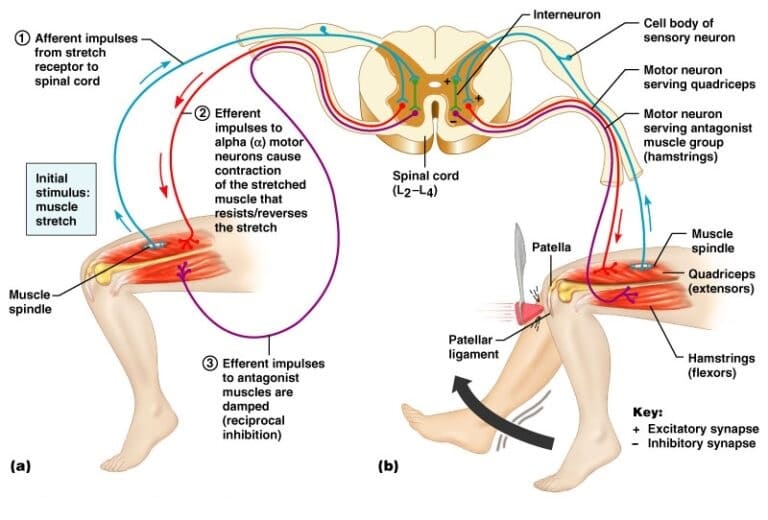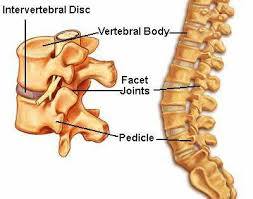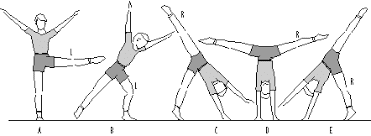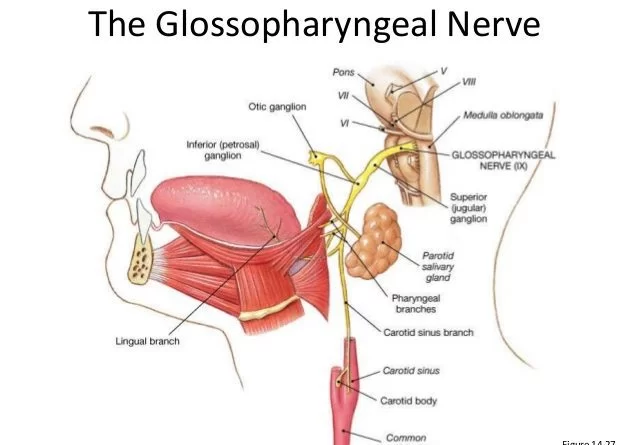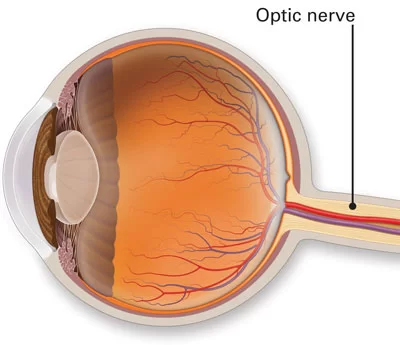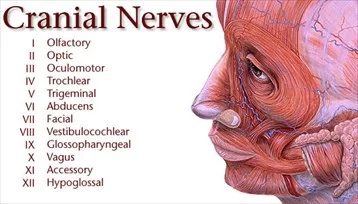REFLEXES
Introduction: Definition: Reflex arc can be: Types of Reflexes: 1)Superficial Reflex2)Deep Reflex3)Abnormal Reflex -Pathological reflex -Other Reflex 1) Superficial reflexes: 2) Deep reflexes:- 3) Abnormal Reflexes (Pathologic Reflexes): 4) Other Reflexes: Significance of reflexes in Physiotherapy: Superficial reflexes: Deep reflex: Abnormal Reflexes (Pathologic Reflexes): Other Reflexes: Infant Reflexes: Motor reflex:-

